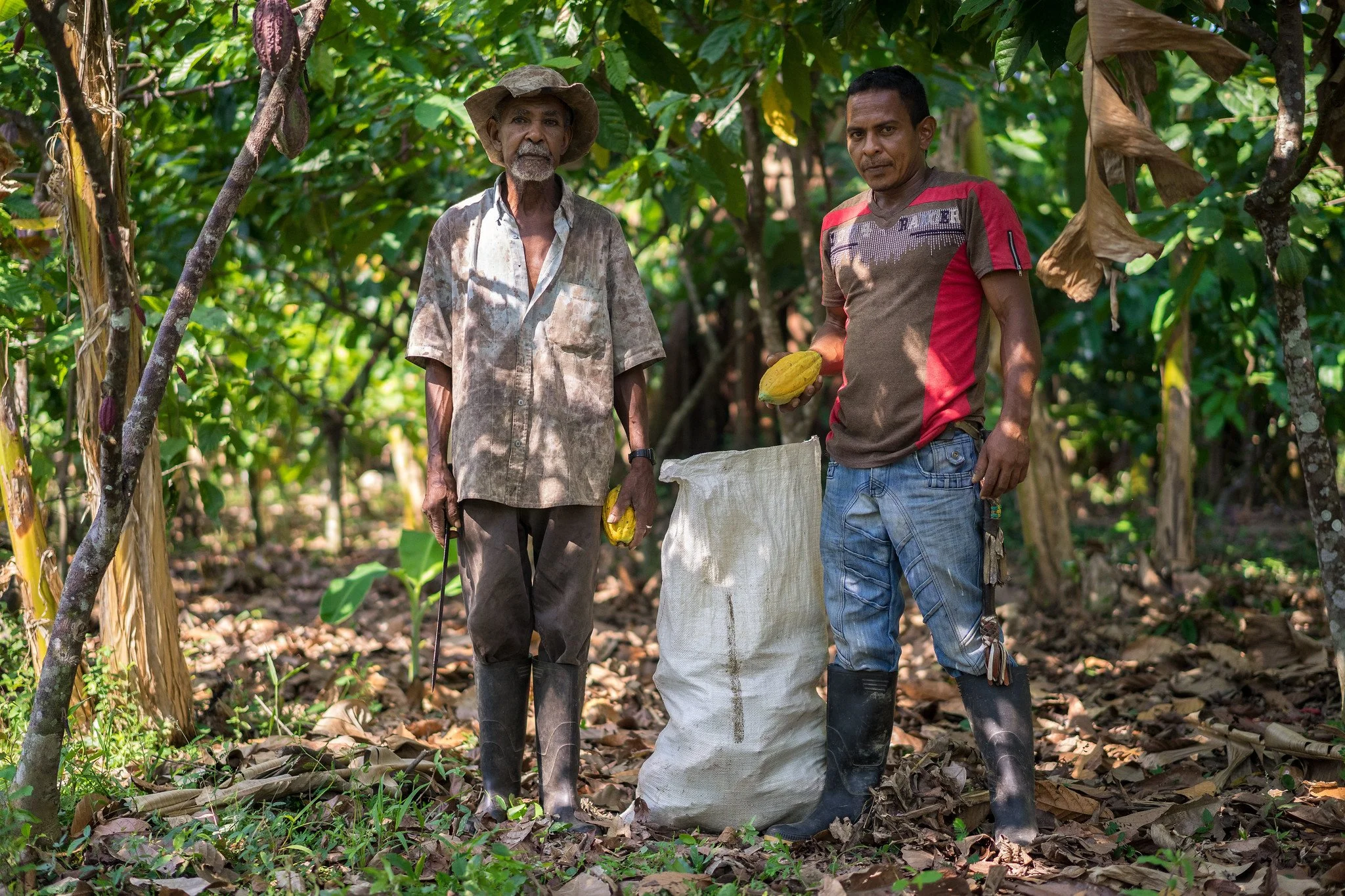Colombian Cocaine Exports Hit Record High, Sparks Doubt in Petro’s Solution to Cartels
A coca farmer and his son pose together on their farm where they grow both coca and bananas. (USAID)
Colombian cocaine exports hit an all-time high last year, according to a new report by the United Nations (UN) released on September 11th. Aside from increased land use for coca cultivation, there is evidence of a growing share of Colombian cocaine in foreign markets, particularly in Europe. The news comes as President Gustavo Petro, Colombia’s first leftist leader, seeks to find a more peaceful solution to drug violence than his predecessors.
Specifically, cocaine production reached 1,738 tons, a 24% increase from 1,400 tons of the previous year. The land used for growing cocaine increased 13% to another record high of 230,000 hectares, per the UN report on drugs and crime. Notably, these shifts have set cocaine on track to become Colombia’s primary export, overtaking oil.
In response to the news, Petro wrote on X (formerly known as Twitter) that “cocaine has been Colombia’s first export product several times, and if not, the second.”
Petro came to power 13 months ago on a radical platform that included tackling the drug trade through social rather than military means. His proposed plan emphasized investing in poorer, rural communities whose residents were left with few options other than growing cocaine because of its commercial viability. The goal, according to his government, is decriminalization and a greater focus on anti-laundering rather than prosecuting poor farmers. This shifts the government’s focus towards inhibiting cartel activities at the cartel level as opposed to their supply chains.
Felipe Tascón, leader of the Colombian drug policy transition team, maintains that “coca is unique in its ability to provide employment for large numbers of people.”
As a crop, coca has many advantages for farmers. It grows far quicker than comparable cash crops, like bananas or pineapple, produces up to four harvests per year, and adapts to nearly any climate found in Colombia. As a result, many Colombians feel as if there is no viable legal alternative.
Now, those same rural farmers have yet to see the promised subsidies, undermining worker confidence in the government. 65% of the cocaine in Colombia is grown in three provinces characterized by high poverty rates and a lack of basic social infrastructure like roads or hospitals. There are entire communities in some provinces whose economies are nearly entirely based on cocaine production.
Further complicating matters, the cartels have disproportionately targeted indigenous and Afro-Colombian farmers. Many of these people live in semi-autonomous communities and national parks, which means that the government can’t directly force farmers to switch to legal crops. According to the report, nearly 49% of all coca grown in Colombia is produced in these areas, further aggravating traditional racial and economic divides.
Petro claims his signature social plan is still in the works, even as rival politicians begin to seize on the political fallout. One such senator of the opposition Democratic Center party wrote that “we must stop Petro from turning Colombia into a narco-state.”
Colombia is in a precarious position. As cartel power mounts, time is running out for Petro to deliver a worker-centered solution.

